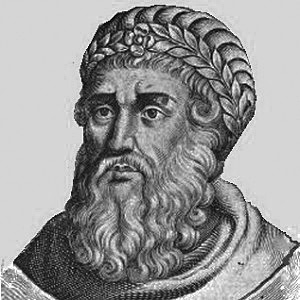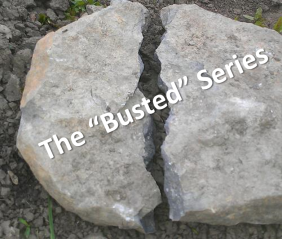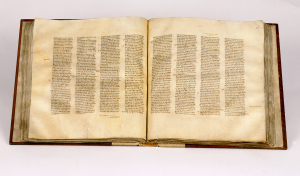Many anti-Christian commentators argue that the gospels and other New Testament documents, contrary to Church teaching, could not have been written by direct eyewitnesses to the events they describe. This is because, they argue, Jesus and his disciples were just simple, illiterate, Aramaic-speaking peasants who probably couldn’t write their own names, let alone a Greek gospel account. The argument is weak, and we have countered it in other articles (here and here).
However, there is another angle to this argument that we should address. Let’s allow Matthew Ferguson, a Ph.D. hopeful—and activist atheist—from UC-Irvine to lay it out for us: Continue reading





